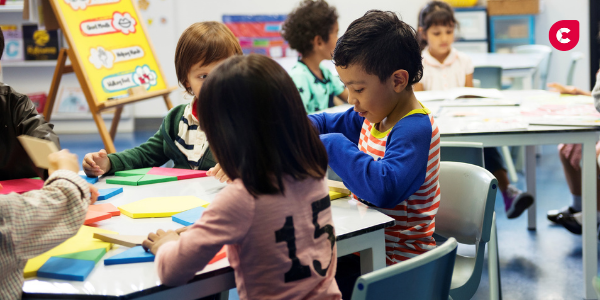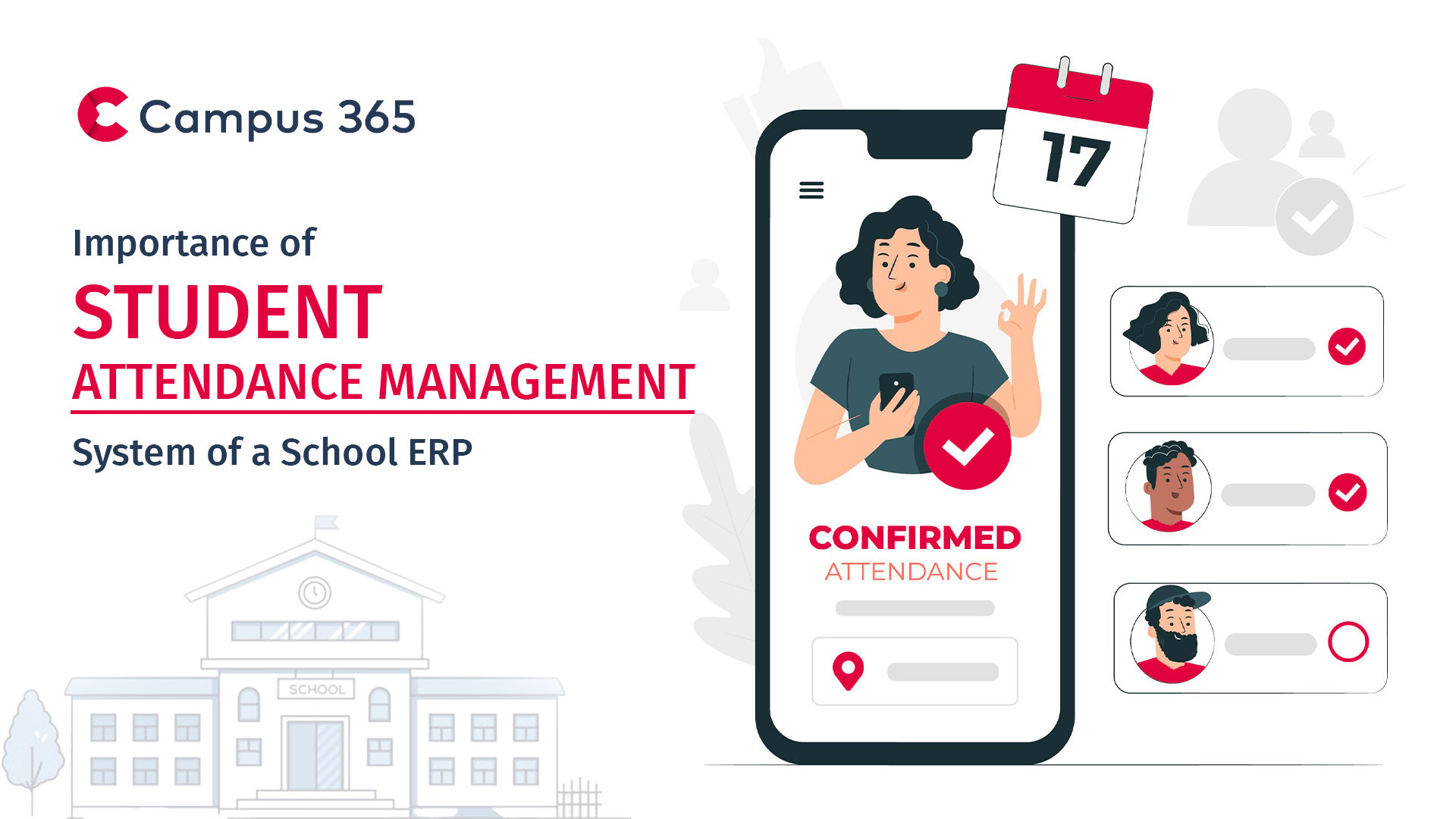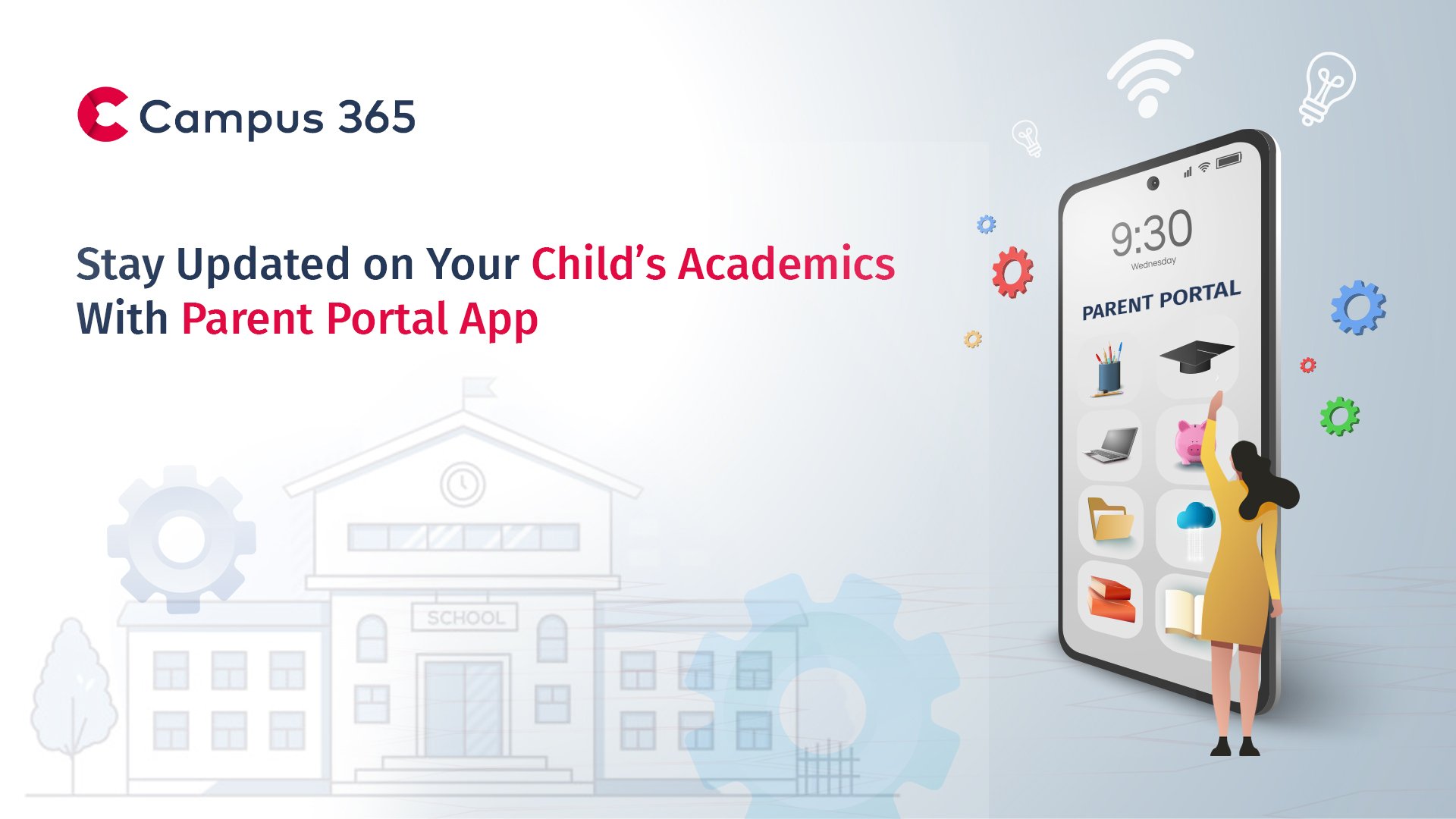What is Social and Emotional Learning (SEL)?
The process by which children develop the knowledge, behaviors, and skills related to the fundamental domains of social and emotional (SE) competency is known as social and emotional learning (SEL). There are 5 elements to it –
Self-Awareness – It entails being aware of self in terms of noticing & identifying own’s emotions, understanding self-perception, and judging own strengths, needs, values, and self capabilities.
Self-Management – It includes self-control by stress management, self-motivation, and maintaining discipline in different situations.
Social-Awareness – It deals with being concerned about societal elements like empathy for others, respect, and understanding others' perspectives.
Relationships Skills – It deals with a child’s ability to build relationships with effective communication and social engagement. It emphasizes the elements of cooperation and effective conflict management capabilities.
Decision-Making Skills – This element is more about a child's competency in situation analysis and taking a responsible decision after identification of the problem. How he evaluates the problem and takes measures to solve it. It deals in responsible decision-making skills related to personal, social, and ethical scenarios.
According to a Learning Counsel survey conducted in 2019, educators and administrators are most concerned about students' social and emotional needs, which came out on top of every other issue confronting K-12 schools.
All this before the outbreak of COVID-19.
There has never been a better time to put this issue at the top of the priority list for school administrators, educators, and families alike.
The Relationship Between Social-Emotional Learning and Academic Success
According to the most recent findings, there is a direct link between SEL programs and improved student outcomes.
Self-awareness, self-management, responsible decision-making, relationship skills, and social awareness are five core competencies linked to student success, according to CASEL.
According to a recent study, students who participated in SEL programs outperformed those who did not by an average of 11 percentile points!
In addition to boosting grades, the SEL benefits extend far beyond the classroom. It has also been shown to have long-term positive effects on behavioral problems, emotional distress, social learning, and drug use when SEL programming is implemented into the school curriculum.
Start with the Whole-Child Approach
Teachers can discover students' SEL needs in several ways. A whole-child approach is often helpful for teachers to begin with. A whole-child approach considers all aspects of their development, including mental and physical health, to help students reach their full academic and personal potential.
Teachers must have access to four types of information to have a complete and systematic view of the whole child:
- Students' academic habits and outcomes of the past
- Foreseen long-term consequences
- Social and emotional abilities
- Participation in the intervention and its effects
Form a Strategy by Connecting the Data
Teachers can form a complete picture of a student's strengths and weaknesses by combining four of these categories.
An LMS provides teachers with pre-created, CASEL-aligned surveys that they can use to connect the dots in their classrooms. In addition to gauging a student's general well-being, teachers can also use the surveys to measure their progress on specific tasks or future goals, such as college.
Teachers can identify at-risk students and adjust lesson plans to help students develop non-academic skills like teamwork, collaboration, discipline, and respect by comparing SEL data with classroom data and district-wide benchmarks.
Prepare Students for the Future Challenges
College and career readiness (CCLR) skills are essential for making a long-term impact on students.
Teachers can use SEL and CCLR interventions to lay the groundwork for a student's long-term success if they RTI (Response to Intervention) history. Response to intervention (RTI) aims to identify struggling students early on and give them the support they need to survive in school. If teachers have this data, they can use SEL and CCLR methods on time to improve the social and emotional competencies of students.
Teachers and guidance counselors can use a CCLR platform to help students recognize their strengths, manage their emotions, inculcate social learning, form connections with others, and make well-informed decisions.

Ways to Incorporate Social-Emotional Learning (SEL) in the classroom
Teachers can incorporate Social Emotional Learning activities in academic lessons to teach kids the real-life skills they need to be emotionally healthy and happy. By doing this they can perform better in all areas of their lives. Let’s discuss a few ways to do this:
1. Assigning Group- tasks
It helps students in building communication skills and creates a sense of responsibility among them. Also working in a group improves listening, problem-solving, and time management skills.
2. Reflection Time
At the end of the day, a teacher can arrange for a daily check-in on the mental health of kids through reflection time where students will share their experiences of the whole day. Their likes and dislikes, feelings, and learnings. Campus 365, student management software also has a ‘mood tracking feature’ to analyze and track the mental well-being of a child.
3. Art activities
Students will get an opportunity to express themselves through art and craft activities. They will be free to create anything as per their emotions and mind.
4. Meditation
Mindfulness activities should be scheduled daily to help students calm their minds and increase focus. They will be more guided and in touch with their feelings helping them to be self-aware.
5. SEL in the lesson plan
The teacher can incorporate the process of SEL in every lesson plan. Rather than just teaching the academic part, it can be better explained through real-life scenarios, show & tells, role-plays, and other examples to keep them engaged and give them a chance to express themselves and get the best out of them.
In a Nutshell
SEL programming is critical to ensuring that schools effectively address their students' holistic needs as they manage disruptions from the pandemic in K-12 education communities. Using unified technology, administrators and teachers have access to the data and insights they need to ensure a brighter future for all.
School Management Software such as Campus 365 can also play a key role in assessing the socio-emotional health of students at school. The software has a “mood tracking” feature that collects daily feedback from students about how they are feeling to keep track of their mental health to see if they are enjoying school & are happy. With this software, the school can do timely behavior assessments and take appropriate action for students who need help in social and emotional learning.




